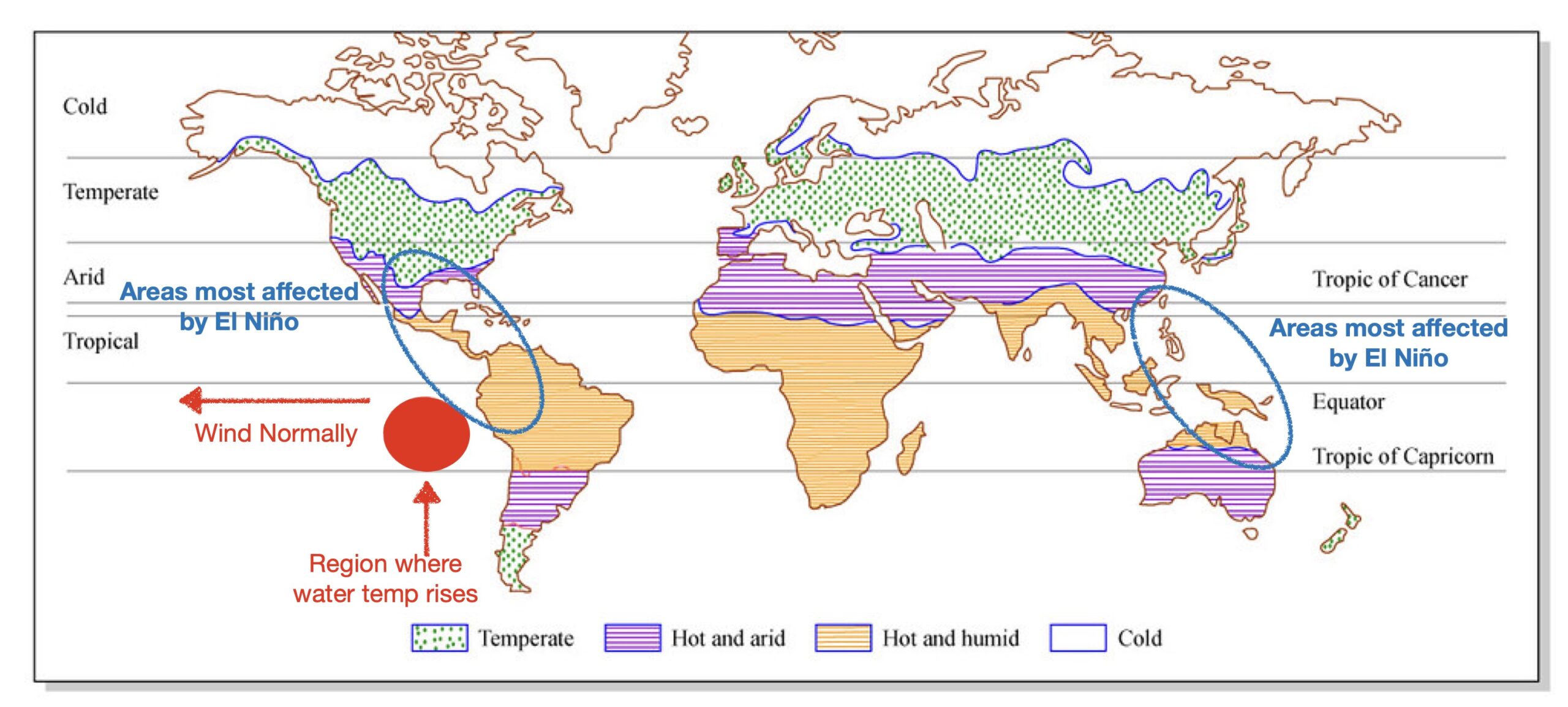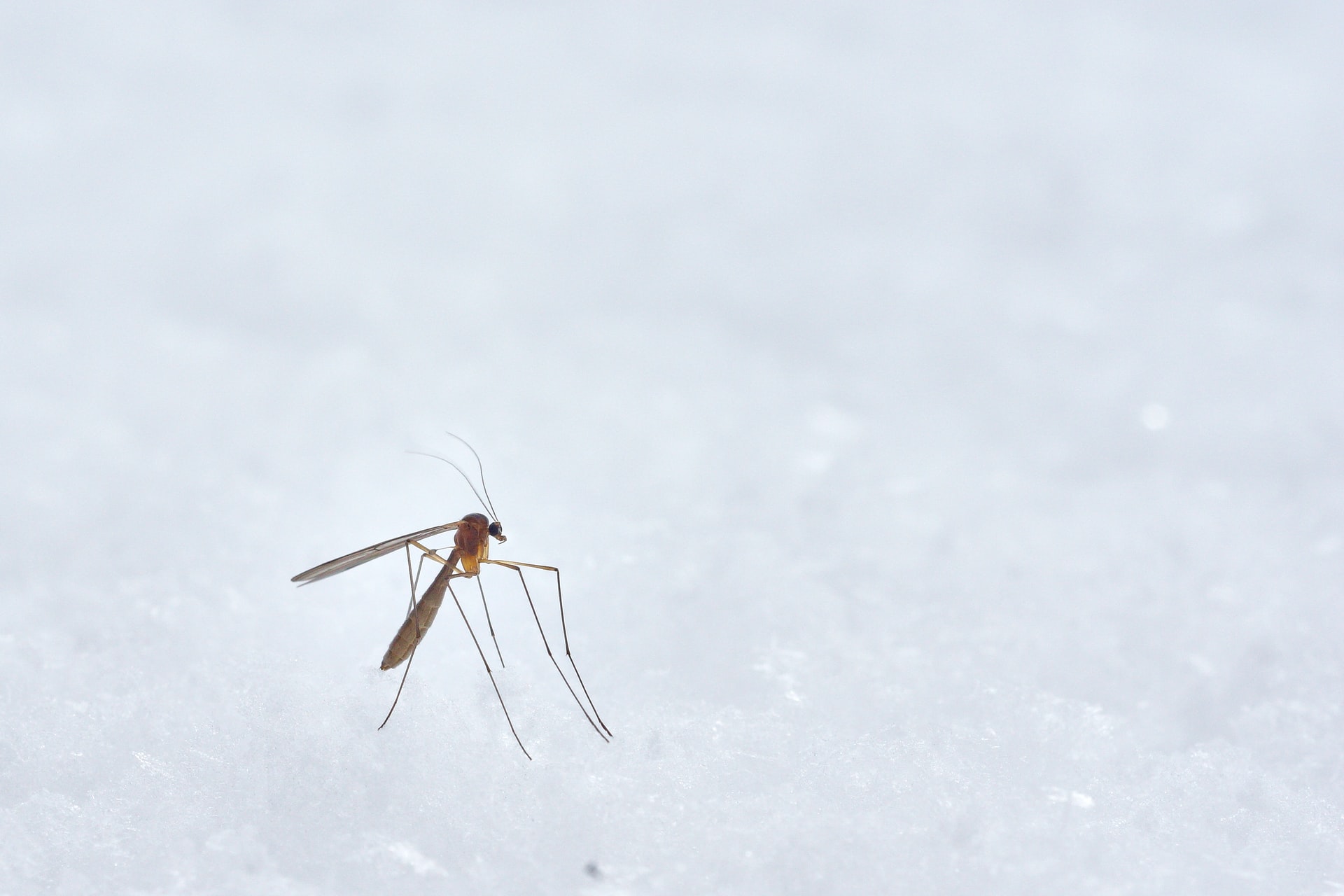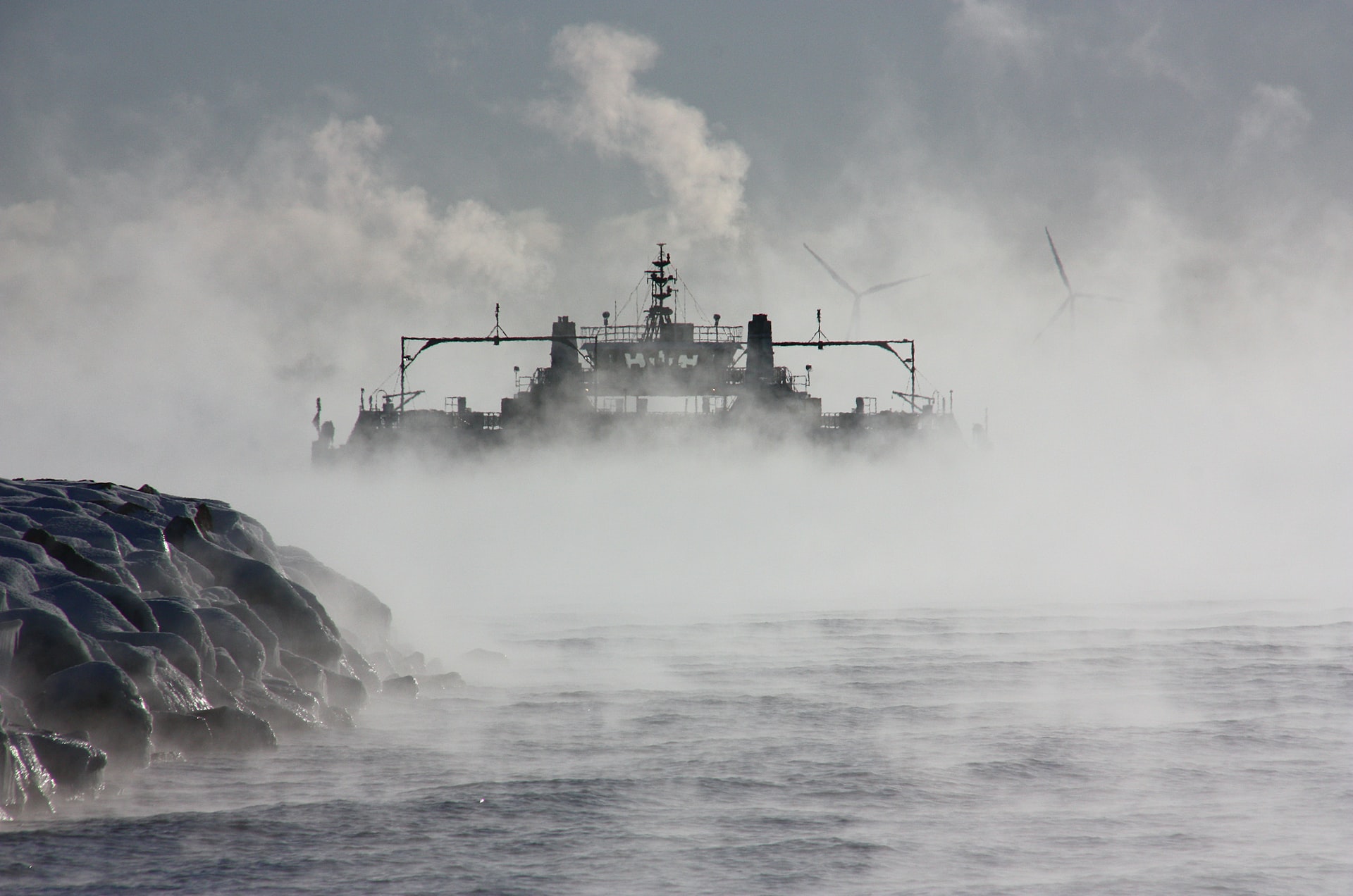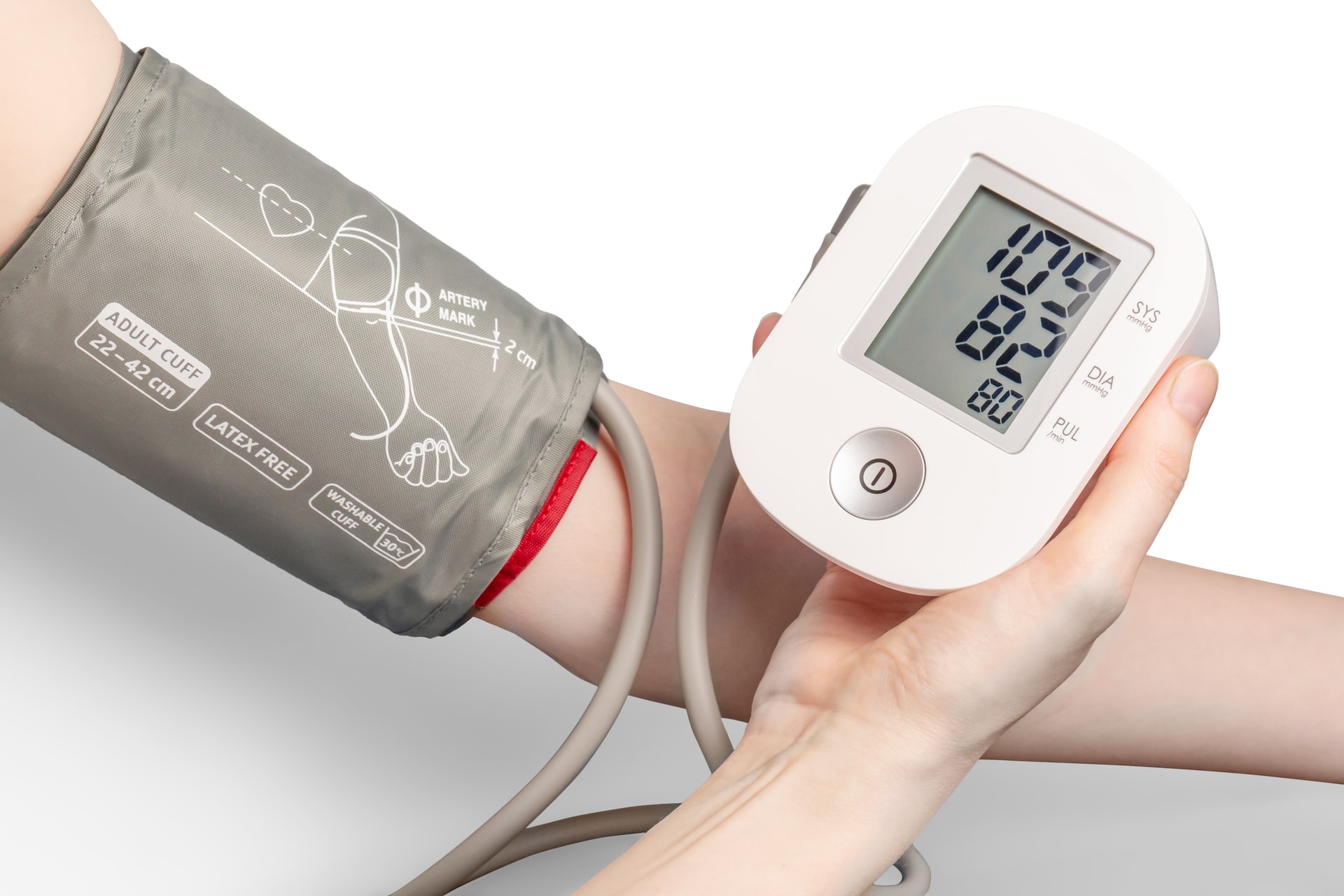Reading Time: < 1 minutes
- Experts need samples of current atmospheric data such as density, pressure, temperature, humidity and wind to forecast the weather.
- This information is collected through observations made on the land surface, in the upper air, on the sea surface and through satellites.
- These observations are made by 193 member countries of the World Meteorological Organisation, an intergovernmental body governing this information exchange.
- 11,000+ land stations, 3000+ aircraft, 4000+ ships, 1200+ ocean buoys, 1300+ air balloons and around 20 satellites from these 193 countries exchange data globally through telecommunications every day.
- Over and above, there are close to a million volunteers (known as weather spotters) who share weather-related information with weather agencies of their respective countries.
- Once weather agencies receive all this data, they use supercomputers to process data to provide analyses and weather forecasts.
- Because of the advancement in science and the increase in the quality and quantity of observations, weather forecasts have seen tremendous growth in accuracy.
- A decade back, we could forecast only two-three days with accuracy; this number has reached 7 to 10 days and is believed to go up further.
Image courtesy of Osman Rana through Unsplash
Reference shelf :






















